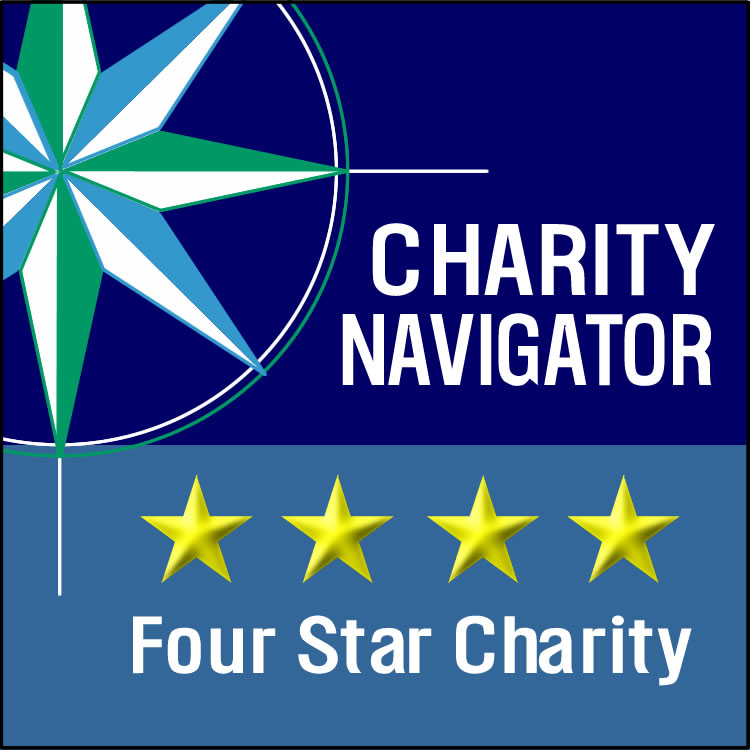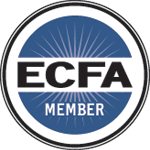Kinshasa, Congo
Geography
The populous city of Kinsasha, capital of the Democratic Republic of the Congo, lies across the Congo River from Brazzaville, which can be seen in the distance across the wide Congo River. Together, the combined conurbation of Kinshasa-Brazzaville, has thus about 12 million. Over a third of the population of the Republic of Congo, live within the financial and administrative capital.
Republic of Congo is located in Central Africa. Besides the capital, Kinshasa, the country's other largest cities are both mining communities (Lubumbashi and Mbuji-Mayi) with the country's largest exports being raw minerals.
Kinshasa is a city of sharp contrasts, with affluent residential and commercial areas, besides three universities. It is situated in territory that traditionally belongs to the Bateke and Bahumbu people.
History
The city was founded as a trading post by Henry Morton Stanley in 1881. It was named Léopoldville in honor of King Leopold II of Belgium, who controlled the vast territory that is now the Democratic Republic of the Congo; not as a colony but as a private property. The post flourished as the first navigable port on the Congo River above Livingstone Falls, a series of rapids over 300 km below Leopoldville. At first, all goods arriving by sea or being sent by sea had to be carried by porters between Léopoldville and Matadi, the port below the rapids and 150 km (93 mi) from the coast. The completion of the Matadi-Kinshasa portage railway, in 1898, provided an alternative route around the rapids and sparked the rapid development of Léopoldville. In 1914, a pipeline was installed so that crude oil could be transported from Matadi to the upriver steamers in Leopoldville.
By 1923, the city was elevated to capital of the Belian Congo, replacing the town of Boma in the Congo estuary. The town, nicknamed "Léo" or "Leopold," became a commercial center and grew rapidly during the colonial period.
In 1965, Joseph-Desire Mobutu seized power in the Congo in his second coup and initiated a policy of "Africanizing" the names of people and places in the country. In 1966, Léopoldville was renamed Kinshasa, for a village named Kinchassa that once stood near the site.
Language
The official language of the Democratic Republic of the Congo is French. Kinshasa is the second largest officially Francophone (complex multilingualism) city in the world, although Lingala is widely used as a spoken language. French is used for street signs, and printed material for government documents and schools, television, the press, and also is used in vertical relationships among people of different social classes. People of the same class, however, speak the Congolese languages (Kikongo, Lingala, Tshiluba, or Swahili) among themselves. Thus, the culture is dominated by the Francophonie.
Climate
Kinshasa has a tropical wet and dry climate with a lengthy rainy season spanning from October through May and a relatively short dry season, between June and September. Kinshasa lies south of the equater, so its dry season begins around its "winter" solstice, which is in June.
Media
Kinshasa is home to a large number of media outlets, including multiple radio and television stations that broadcast to nearly the entire country, including state-run Radio-Television Nationale Congolaise (RTNC) and privately run Digital Congo and Raga TV. The private channel RTGA is also based in Kinshasa, along with several national radio stations. Most of the media use French and Lingala to a large extent. Notably, “The Rumble in the Jungle” boxing match between Muhammad Ali and George Foreman, in which Ali defeated Foreman to regain the World Heavyweight title, was hosted in the city in 1974.
Source: Wikipedia
Gallery
There are currently not any images available.
Kinshasa, Congo
COORDINATES:
4°19′30″S 15°19′20″E
ELEVATION:
240 m (790 ft)
POPULATION:
10,125,000 (2014)



